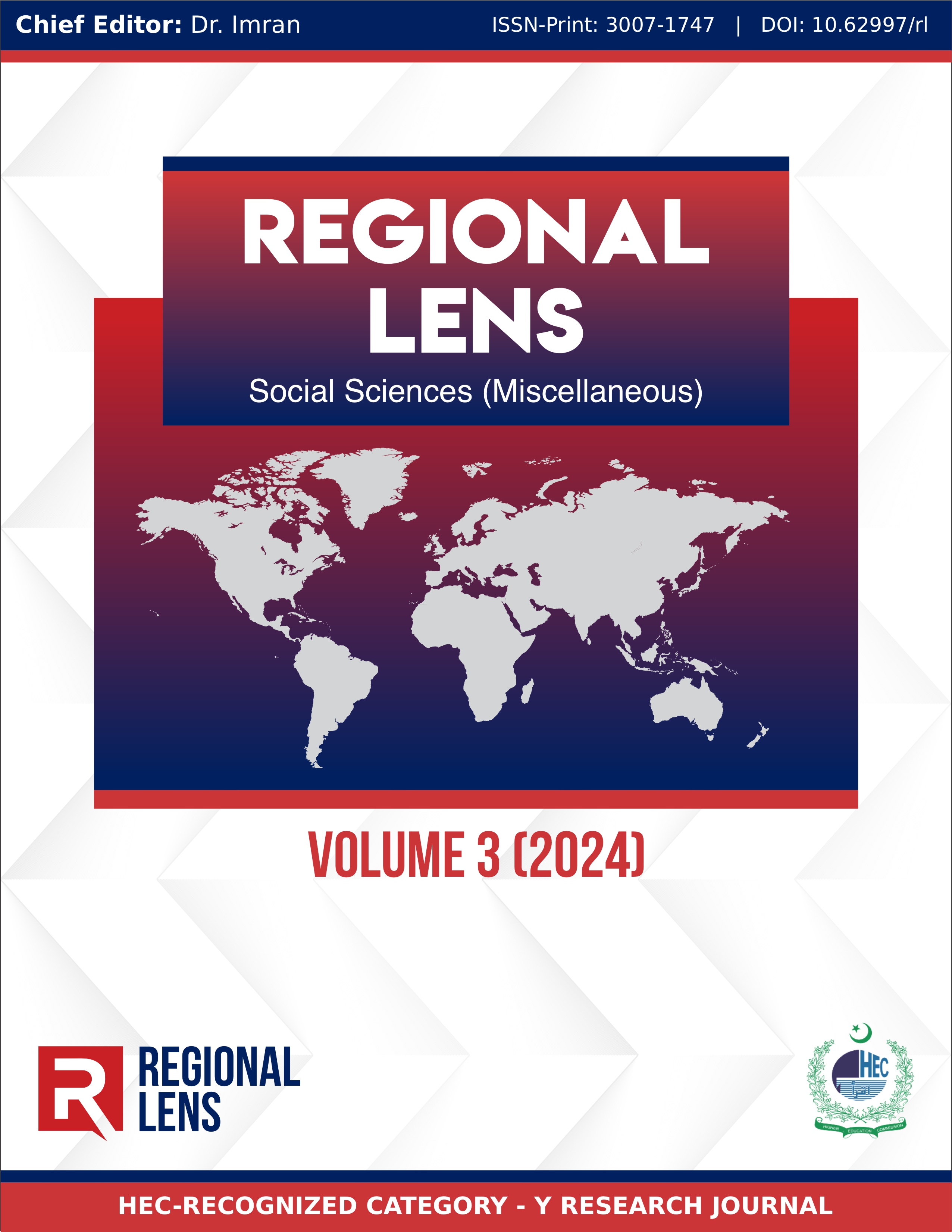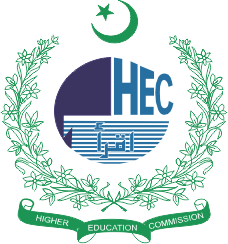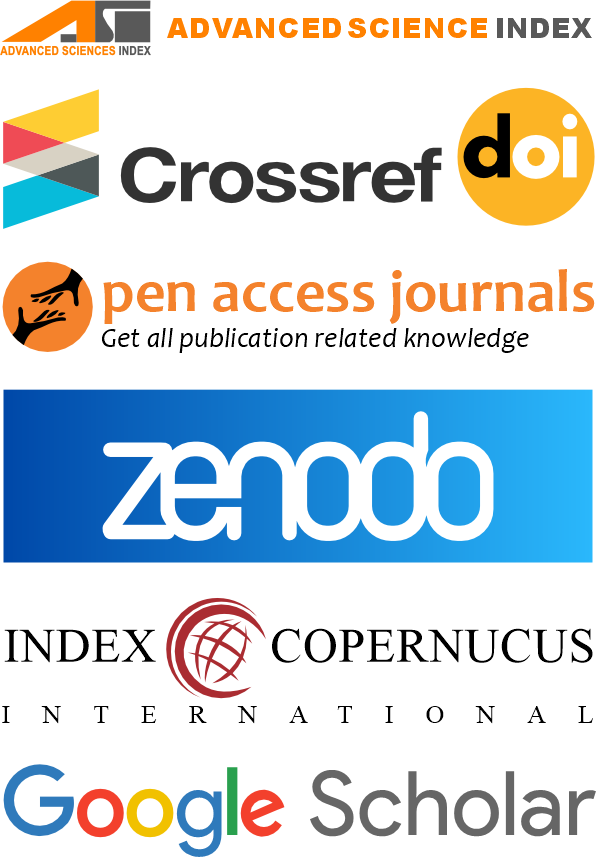Personalized Learning and Academic Achievements: A Study of Secondary Level Students
DOI:
https://doi.org/10.55737/rl.2024.31085Keywords:
Personalized Learning, Academic Achievement, Secondary School StudentsAbstract
This study was conducted to find out the role of personalized learning in students’ academic success at secondary level. The objectives of study were to identify the various practices of personalized learning provided by teacher to their students, to find out the academic achievement of students and to examine the role of personalized learning in academic achievement of students. This study was descriptive in nature and survey method was used. The population of the study consisted of five hundred fifty-six (556) female students from government secondary schools of city Kotli Azad Jammu and Kashmir. The researchers selected simple random sampling technique for the selection of two hundred thirty (230) female students as a sample of the study. The researchers constructed a five-point Likert-scale questionnaire for the collection of data. Data were collected by personal visits. The collected data were analyzed through SPSS by using mean score, percentage, frequency, standard deviation. It was found that the teachers knew how their students learn best, and they supported them if they needed more time to understand the concepts. Group work and feedback from teachers helped them improve their work and adaptive software offered personalized learning paths to students. It was also found that regular assessments kept students engaged in their learning process and collaborative planning between teachers also helped them understand lessons. It is recommended that the teachers may receive training on personalized learning strategies and technology integration, and schools may invest in adaptive software and LMS to cater to the needs of students. Students may be given more autonomy and choices in their learning process and regular assessments, and feedback may be used to improve student learning outcomes.
References
Anderson, T. (2017). Theories for Learning with Emerging Technologies. In G. Veletsianos (Ed.), Emergence and Innovation in Digital Learning: Foundations and Applications (pp. 35-52). Athabasca University Press.
Arnold, I., & Hattie J. (2011). Visible learning: A synthesis of over 800 meta-analyses relating to achievement. Int Rev Educ, 57, 219–221. https://doi.org/10.1007/s11159-011-9198-8
Basham, J. D., Stahl, S., Ortiz, K., Rice, M. F., & Smith, S. (2015). Equity matters: Digital & online learning for students with dis abilities. Lawrence, KS: Center on Online Learning and Students with Disabilities.
Battelle for Kids. (2015). Partnership for 21st Century Learning: Frameworks & Resources. Retrieved from https://www.battelleforkids.org/networks/p21/frameworks-resources
Bray, B., & McClaskey, K. (2014). Make Learning Personal: The What, Who, WOW, Where, and Why. SAGE Publications
Gardner, H. (2011). Frames of mind: The theory of multiple intelligences. Basic Books.
Pane, J. F., Steiner, E. D., Baird, M. D., & Hamilton, L. S. (2015). Continued progress: Promising evidence on personalized learning. RAND Corporation, RR-984.
Schunk, D. H., Pintrich, P. R., & Meece, J. L. (2008). Motivation and learning in the classroom. Pearson Education.
Tomlinson, C. A. (2001). How to Differentiate Instruction in Mixed-Ability Classrooms. Upper Saddle River, NJ: Pearson Education.
Walkington, C. A. (2013). Using adaptive learning technologies to personalize instruction to student interests: Does it make a difference? Journal of Educational Psychology, 105(3), 932-943. https://psycnet.apa.org/doi/10.1037/a0031882
Wang, L. (2023). The impact of student-centered learning on academic motivation and achievement: Comparative research between traditional instruction and student-centered approach. Journal of Education Humanities and Social Sciences, 22, 346-353. http://dx.doi.org/10.54097/ehss.v22i.12463




